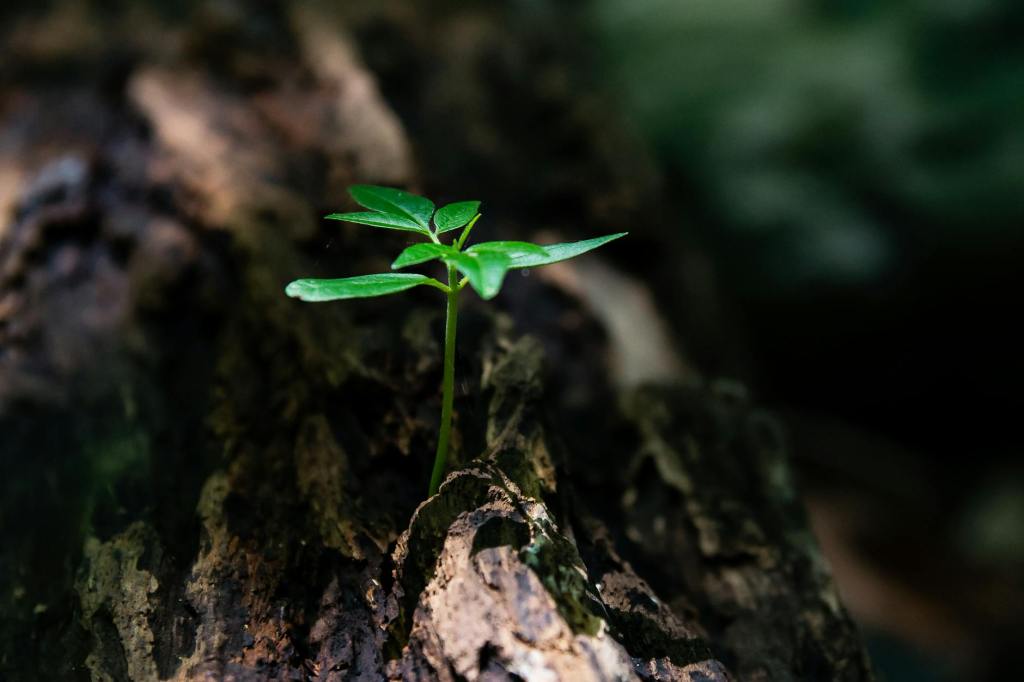The concept of rewilding has taken root across the globe, capturing hearts and imaginations with its promise of restoring lost ecosystems and reintroducing vanished species. But rewilding isn’t a one-size-fits-all approach. Different regions face unique challenges, and rewilding philosophies have blossomed to reflect these diversities. Let’s explore some of the leading voices and their groundbreaking methods:



1. Rewilding Through Passive Restoration: The Isabella Tree Experiment
Isabella Tree, a British landowner, embarked on a revolutionary experiment at the Knepp Estate in England. Her approach? Hands-off restoration. Isabella Tree herself said, “[We] stopped the fight against nature. We said, ‘Right, nature, you get on with it.'” By allowing nature to take its course, she witnessed the return of native deer, wild boar, and numerous bird species. Predatory birds followed, controlling rabbit populations and allowing native flora to flourish. This passive rewilding approach demonstrates the power of letting nature heal itself, with minimal human intervention beyond the initial removal of livestock and fencing.
2. The Japanese Art of Miyawaki: Fast-Tracking Forest Regeneration
Akira Miyawaki, a Japanese botanist, championed the Miyawaki Method. This technique focuses on planting densely packed native trees, mimicking the natural layering of a primary forest. Miyawaki believed: “The only way to restore a natural forest is to mimic nature, and use all the knowledge accumulated by nature over millions of years.” The Miyawaki Method meticulously replicates the structure and biodiversity of native forests, using a specific mix of native species planted at high densities. This approach fosters rapid growth and fosters the creation of complex ecosystems within a relatively short timeframe.
3. Rewilding for Biodiversity: The 21st Baron of Dunsany’s Vision
The 21st Baron of Dunsany, an Irish conservationist, has taken a more targeted rewilding approach on his family estate. He reintroduced native red deer, a keystone species that grazes and disperses seeds, aiding in the restoration of native woodlands. The Baron highlights the importance of reintroducing missing species, stating: “You can’t rewind the clock, but you can find a new equilibrium.” This targeted reintroduction strategy focuses on bringing back keystone species that play a crucial role in maintaining a balanced ecosystem. By carefully selecting and reintroducing these species, the Baron aims to restore ecological balance and allow the ecosystem to heal itself.
Results and Beyond: A Ripple Effect of Change



Rewilding projects worldwide have yielded remarkable results. Increased biodiversity, improved water quality, and mitigation of climate change are just some of the benefits. But the impact goes beyond the immediate environment. Rewilding fosters a deeper connection with nature, inspiring communities and fostering a sense of shared responsibility for our planet.
The Takeaway: A Spectrum of Approaches, A Unified Goal
From Isabella Tree’s pioneering experiment to Akira Miyawaki’s accelerated approach, and the targeted reintroduction efforts of the 21st Baron of Dunsany, rewilding encompasses a spectrum of philosophies. Despite their differences, they all share a common goal: to restore balance to our ecosystems and create a healthier planet for generations to come.
The future of rewilding is bright. As we learn from each other’s successes and failures, we can refine our approaches and create a global tapestry of rewilding projects, stitching together a healthier and more vibrant future for Earth.





